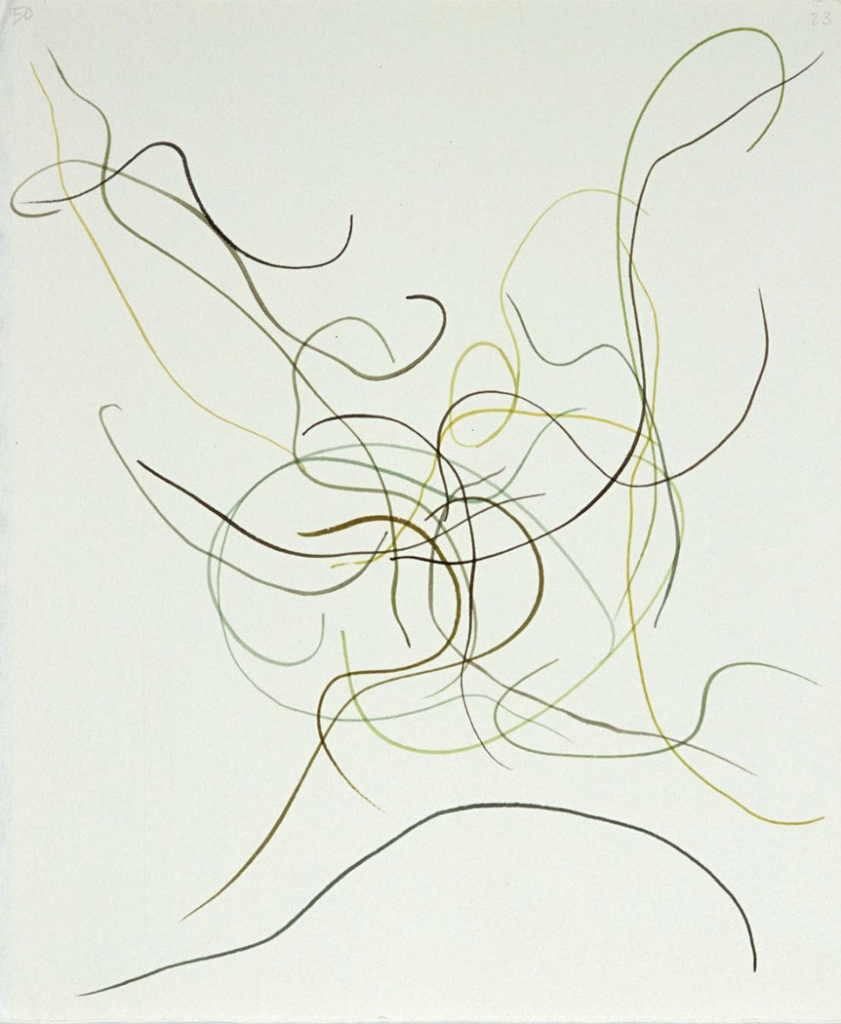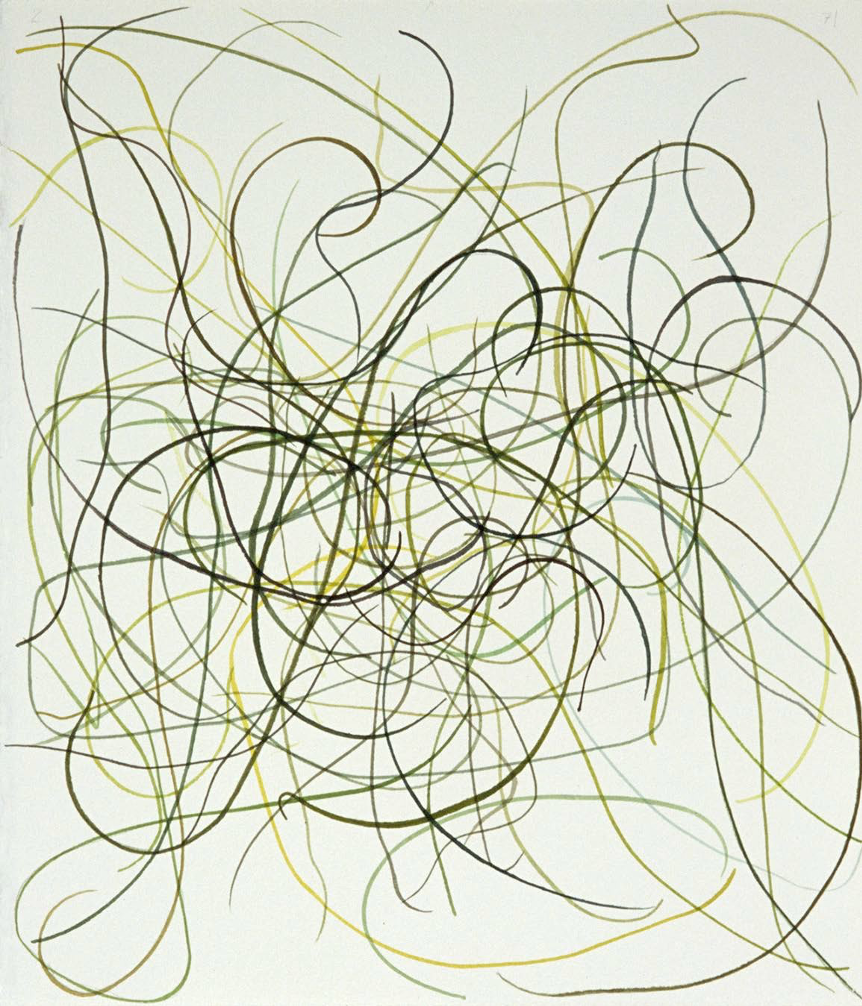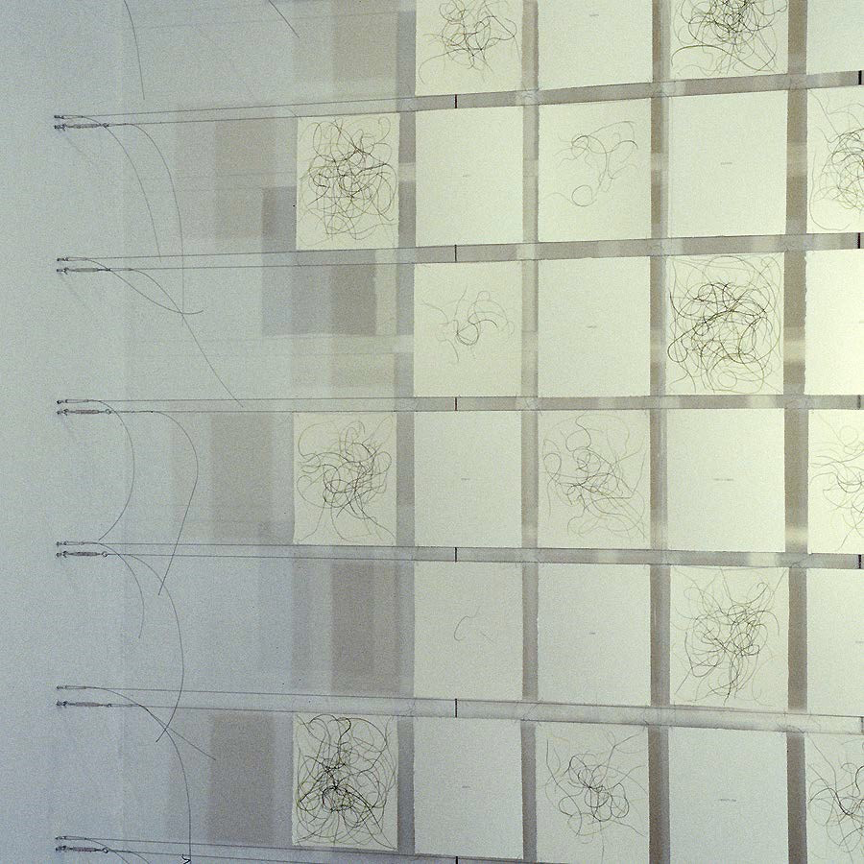Sanda Iliescu and Phoebe Crisman
University of Virginia, Charlottesville, Virginia
iliescu@virginia.edu, crisman@virginia.edu
A child said What is the grass? Fetching it to me with full hands; How could I answer the child? I do not know what it is any more than he.
I guess it must be the flag of my disposition, out of hopeful green stuff woven.
Or I guess it is the handkerchief of the Lord,
A scented gift and remembrancer designedly dropped,
Bearing the owner’s name someway in the corners, that we may see and remark, and say Whose?
Or I guess the grass is itself a child, the produced babe of the vegetation. Or I guess it is a uniform hieroglyphic,
And it means, Sprouting alike in broad zones and narrow zones,
Growing among black folks as among white,
Kanuck, Tuckahoe, Congressman, Cuff, I give them the same, I receive the same.
And now it seems to me the beautiful uncut hair of graves. – Walt Whitman
Summary Statement
Participants in this collaborative workshop will focus on the simple act of drawing the shadow of a blade of grass. We will begin by taking a silent walk during which each artist will pick a single leaf of grass. Back at the studio we will reflect and meditate on this unique natural fragment. We will then draw it repeatedly. Individual drawings will be arranged to create a larger compositional field. The embodied drawing process will engender a spiritual and reflective state of mind.
Topic
Like most American college campuses, our own university has many courtyards and other kinds of expansive grassy areas. These literal fields or lawns are often experienced as unified, even monolithic swatches of green as we tread from one building to another. Often, we regard the grass as a neutral background—something that lacks importance and individual character. Yet, if we examine these fields more closely, we discover that each individual blade (be it onion grass or switch grass or spartina) possesses individuality and nuanced variations in color, shape, scent, and texture. By asking workshop participants to select and carefully observe a single blade of grass, we hope to engender a spirit of reflection and openness, not only to nature, but also to the most modest and undervalued elements of everyday life.
Scope
Inspired by Walt Whitman’s poem, “Song of Myself” from his 1855 collection Leaves of Grass, we will conduct a contemplative and participatory drawing workshop at the 2017 ACS Symposium. We will begin by taking a brief walk through the beautiful forest clearings of the Haystack campus. Each participant will pick an individual blade of grass that captures her attention. Back in the studio, each of us will study the perceptual-aesthetic qualities of a single blade: its many hues, the geometries of its forms, its textures and scent. After a silent period of close observation, we will briefly discuss these nuanced qualities and the reasons for our choices of a blade of grass.
Workshop Activity
According to ancient Greek and Roman myths, drawing began by tracing the shadow of a figure onto a flat surface, such as a floor, wall, or smooth area of ground.[1] After noticing that the shadow of each blade of grass is already an incipient drawing—a projection onto a flat surface—each participant will trace this shadow using black ink and a watercolor brush. Each participant will then pass his drawing to the left and trace the shadow of his blade of grass onto the new sheet of paper. We will continue in this manner, taking turns drawing and then passing the drawing to our neighbor, until each drawing sheet is returned to its original contributor. At the end of the workshop we will arrange our drawings into one large assemblage: a collaborative installation on blades of grass and their shadows. Each unit in this field of drawings contains tracings of the shadows of all the blades of grass, along with the individual, unique drawing hand and touch of each workshop participant. We plan to exhibit the collaborative drawing in future venues.
Intended Conclusions
The workshop engages with this year’s symposium theme, Practice, Craft, Materials, and Making, in several exciting ways. It involves both practice and craft—the patient repeated actions of tracing a simple shadow. In this way, the project is a collaborative meditation on the foundational act of making a mark and on the nature of the most basic drawing tools and materials (plain paper, black ink, and a brush). Through this project we will explore ways in which simple repetitive drawing actions—drawing the same blade of grass many times over—can lead to a contemplative state of mind attuned to perceptual qualities experienced in the moment. The project also highlights the complexity and diversity embedded in very simple acts of making: the selection of a drawing subject and the unique way in which each individual contributor touches the paper and delineates a simple shadow. When completed, the drawing reflects clarity, simplicity, and rhythmic variations. As drawn, the blades of grass engage with one another forming a silent, visual dance.
References
David Rosand. Drawing Acts: Studies in Graphic Expression and Representation (Cambridge: Cambridge
University Press, 2016)
John S. Webber. “Sol Lewitt: the Idea, the Wall Drawing, and Public Space,” in Gary Garrels, ed. Sol Lewitt: A Retropective (San Francisco: San Francisco Museum of Modern Art, 2000): 89- 99.
Walt Whitman. “Song of Myself,” Leaves of Grass: The Original 1855 Edition (Dover Publications, 2007)

Sanda Iliescu and students, Leaves of Grass
Ink and colored pencil on paper

Sanda Iliescu, Onion Grass Drawing (no. 23)
Watercolor on paper

Sanda Iliescu, Onion Grass Drawing (no. 71)
Watercolor on paper

Sanda Iliescu, Onion Grass Drawings (detail of installation)Watercolor on paper with steel hardware
[1] David Rosand. Drawing Acts: Studies in Graphic Expression and Representation (Cambridge: Cambridge University Press, 2016). In this book, art historian David Rosand discusses etiological myths about drawing written down by ancient writers such as Pliny the Elder. These myths continued throughout the history of western art. For example, in 1677 the Spanish poet Pedro Calderon de la Barca ascribed the invention of drawing to a group of bathing boys, one of whom began tracing with his finger the outline of the shadow of another cast on the sand.




